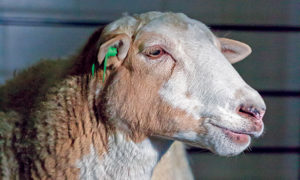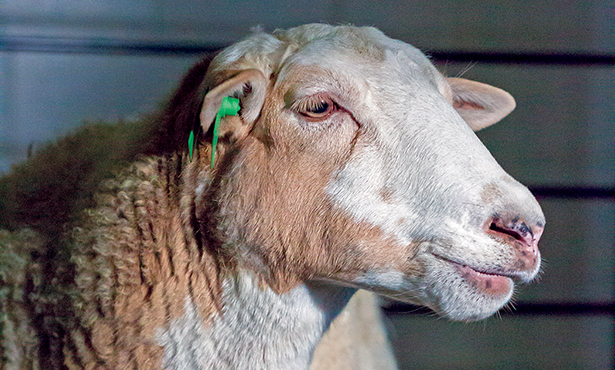The first and most important thing that the veterinarian has to consider is what constitutes a food animal. Technically speaking, this is any animal that is being used for food production or consumption. However, intended use is determined by the consumer, so any animal can be a food animal.
Harmful drug residues may not appear in any tissue that will be consumed by humans; therefore, we have agencies focused on the creation of appropriate drug residue depletion times, including the Food Animal Residue Avoidance Databank (FARAD) and the U.S. Department of Agriculture (USDA).
The withdrawal time (WDT) estimates the time that tissues can be safely consumed following the last dose of drugs in 99% of animals treated. A WDT is expressed for edible tissues, which include meat, milk, eggs, honey, etc. All medications approved for food animals are required to have a WDT for their labeled dosing. Note that WDTs are only applicable when the drug is used according to the labeled directions.
As a veterinarian, you are responsible for providing the WDT for a prescription for a food animal. If you work in a veterinary teaching hospital or a veterinary clinic that has a pharmacist, the pharmacist is responsible for ensuring that information is then transcribed onto the label. However, if you do not work in conjunction with a pharmacist, it is also your responsibility to make sure that the WDT information is on the label for your client.
providing the WDT for a prescription for a food animal. If you work in a veterinary teaching hospital or a veterinary clinic that has a pharmacist, the pharmacist is responsible for ensuring that information is then transcribed onto the label. However, if you do not work in conjunction with a pharmacist, it is also your responsibility to make sure that the WDT information is on the label for your client.
Many resources, such as drug package inserts and FARAD, are available for determining WDT. FARAD has many helpful online services, including species-specific pages, a withdrawal date calculator, and extra-label drug use advice.
Don’t forget: all involved in the drug prescribing, dispensing, and administration chain will be prosecuted to the full extent of the law if residues of prohibited drugs are detected in any food animal tissues or byproducts.
This month’s column is from Alex Gochenauer, PharmD, FSVHP.




